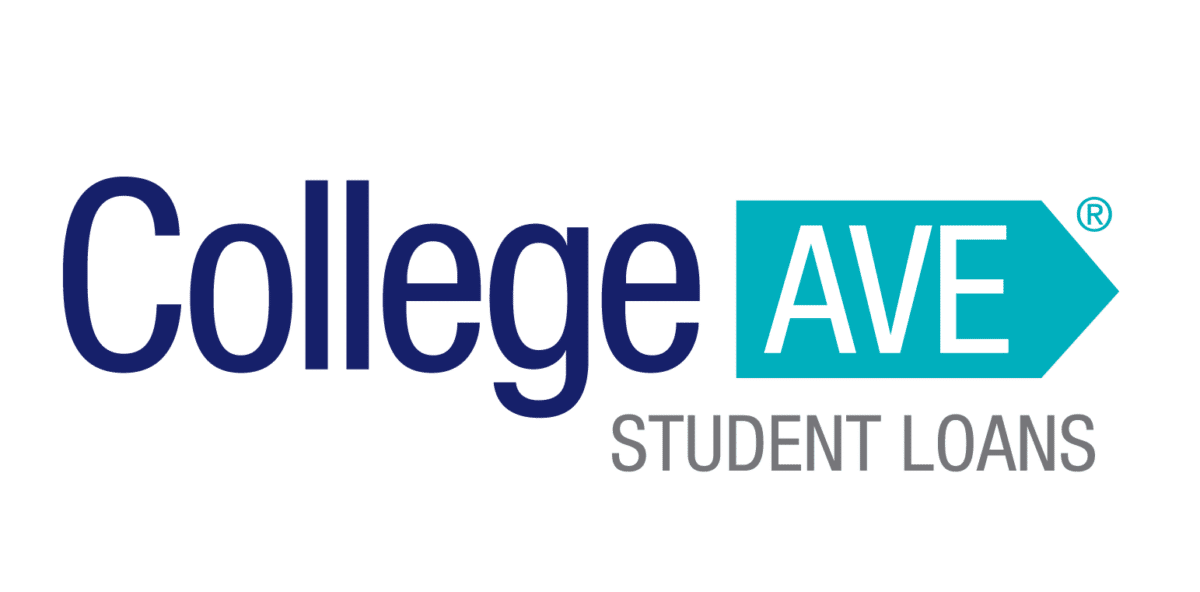
You thought you were all set for paying for college, but life happened and put a wrench in your plans. Maybe your financial aid is delayed or there’s been a death in the family — the fact is, you don’t have enough money to cover your college education costs.
When you need student loans ASAP to cover the cost of higher education, you might be able to get emergency student loans.
What are emergency student loans?
Emergency loans, in the traditional sense, are typically given out by universities to help students experiencing hardship to avoid disrupting the student’s education. Unfortunately, emergency loans are typically disbursed in small amounts and won’t cover much.
For example, emergency loans might be offered by your school. Amounts vary, from a couple of hundred dollars to just over $1,000 or so. Emergency loans must typically be paid back in a short period of time. The University of Pittsburgh offers emergency student loans up to $300 processed in a few days and must be paid back within three months.
Where to get emergency student loans
If you need a fast student loan, there are several options to consider. Here are the places to look for an emergency student loan.
Your university
As noted above, your university might have a program that disburses emergency student loans. According to a report by the National Association of Student Personnel Administrators (NASPA), 70% of two and four-year institutions have an emergency aid program.
As part of emergency aid available, the NASPA report states:
“Emergency aid includes one-time grants, loans, and completion scholarships of less than $1,500 provided to students facing unexpected financial crisis, as well as food pantries, housing assistance, and transportation assistance.”
Typically, either student affairs or the school’s financial aid department is in charge of disbursing emergency loans to students. If you’re in need, head to those departments, first. Many emergency loans come interest-free or have a low-interest rate. There also might be a small service charge, so ask about borrowing costs upfront.
If emergency student loans are available from your school, be sure to understand the maximum amount you can borrow, and the loan’s required repayment term. Many colleges require you to submit an application for emergency student loans and will review your eligibility.
Get in touch with your financial aid administrator to see if it also offers emergency grants, scholarships, or vouchers that can help as well.
You might consider if a professional judgment makes sense for your situation. A professional judgment is an opportunity to adjust your financial aid award. It’s offered by your financial aid administrator, and approval is on a case-by-case basis.
Claim federal aid
To qualify for federal aid, you need to submit your Free Application for Federal Student Aid (FAFSA). If you’re approved for financial aid, your award package might include grants, scholarship, and federal student loans.
You can talk to your financial aid administrator or log into your online account to see if you can claim any unused federal aid. For example, if you didn't accept the full amount of loans at first, but now need the full aid amount, you can claim what’s leftover in your package.
Also, if there’s been a change in your situation, like if you have a parent who’s no longer working or you’re no longer a dependent, you might qualify for more financial aid.
Current federal loan limits are:
| Academic year | Undergrad loan limit |
|---|---|
| First | $5,500 (No more than $3,500 of this amount may be in subsidized loans.) |
| Second | $6,500 (No more than $4,500 of this amount may be in subsidized loans.) |
| Third+ | $7,500 (No more than $5,500 of this amount may be in subsidized loans.) |
| Subsidized and unsubsidized aggregate loan limit | $31,000 (No more than $23,000 of this amount may be in subsidized loans.) |
If you’re a graduate student or a parent who qualifies, you might be able to obtain a PLUS Loan which offers amounts up to the cost of attendance.
Get private loans
Make sure you access your federal aid first, before turning to private student loans. This includes taking advantage of grants, scholarships, and federal student loans first via FAFSA.
If your federal aid package and an emergency student loan don’t cover the cost you need, private loans are the next-best option.
Private loans can be good last-resort options to get funding. However, be aware that private student loans don’t come with the same benefits that federal loans do. There aren’t programs like income-driven repayment (IDR), no options for student loan forgiveness and private loans have limited deferment and forbearance options. Plus, they’re credit-based, which means you need to qualify based on your credit or that of a cosigner.
Here are some top private student loan lenders to check out:
- Sallie Mae. As one of the leading private student loan lenders, Sallie Mae has private loan options for nearly everyone and has more repayment options and perks than some other lenders.
- Earnest. The lender offers a unique private loan option that lets you skip a payment once per year and has major flexibility when it comes to repayment.
- College Ave. If you need a fast student loan, check out College Ave where your loan application will take only three minutes and you’ll get an instant credit decision. So if you’re worried and thinking, “How long does it take to get a student loan?” — the answer is not that long.
These are some of the best private loan options out there but you can review all nine private student loan lenders that we recommend to compare your options. When looking at private student loans, it’s important to evaluate the total cost of the loan so look at the interest rate and how the repayment term affects the overall cost.
Private loans might require a cosigner that has good credit. A cosigner is someone who’s named on the loan and can use their credit to help you get approved. These individuals are on the hook for the loan, if you end up missing payments.
0% APR credit cards (but be careful)
If you need emergency student loans but have no cosigner, another option — only after exhausting all other options, like maximizing federal aid — is using a zero-interest credit card. This route, however, isn’t ideal. You’ll need to have strong credit to get approved for a 0% APR card. It can also lead to a deeper debt hole if another emergency hits and you can’t stay on top of payments. Don’t take this option lightly, if your financial situation is unstable. A better option is to cut expenses in other parts of your budget than adding this high-risk debt to your plate.
Bottom line
If you’re struggling with school bills, there are options out there. In addition to maximizing your federal aid package, exploring emergency student loans through your school, and considering private loans, you can ask for a tuition extension at your school.
At the very least, the school might be able to extend your tuition payment deadline to give you more time. You can also see if there are any tuition payment plans available.
You can also consider reaching out to a family member or local community organization for a short-term loan. As difficult as an unexpected hardship might be, there are alternatives to help you stay on track with school costs.
| Lender Name | Lender | Offer | Learn more |
|---|---|---|---|
| Sallie Mae |

|
Competitive interest rates.
|
Fixed 4.50 - 15.69%
Variable 6.37 - 16.78%
|
| Earnest |

|
Check eligibility in two minutes.
|
Fixed 4.67 - 16.15%
Variable 5.87 - 18.51%
|
| Ascent |

|
Large autopay discounts.
|
Fixed 4.09 - 14.89%
Variable 6.22 - 15.20%
|
| College Ave |

|
Flexible repayment options.
|
Fixed 4.07 - 15.48%
Variable 5.59 - 16.69%
|
